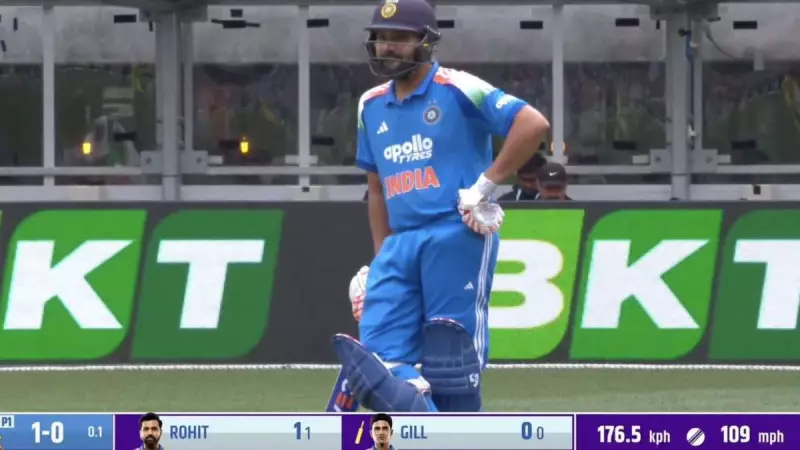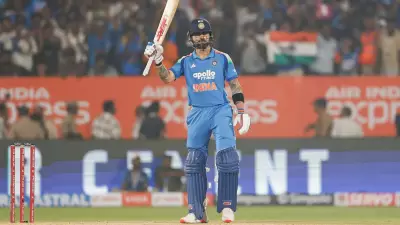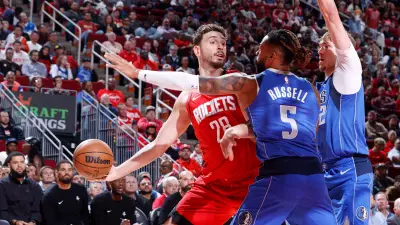
The cricketing world was sent into a frenzy during the first ODI between India and Australia when Mitchell Starc's delivery speed was recorded at a staggering 176.5 kilometers per hour on the stadium's speed gun. This unprecedented reading, if accurate, would shatter all existing records for the fastest delivery in ODI cricket history.
The Moment That Stunned Everyone
During a crucial phase of the match, Starc steamed in with his characteristic run-up and unleashed what appeared to be an exceptionally quick delivery. The giant screen immediately flashed 176.5 kph, leaving players, commentators, and fans alike in absolute disbelief. The previous record for the fastest delivery in ODI cricket stands significantly lower, making this reading particularly extraordinary.
Expert Analysis: Miracle or Malfunction?
Cricket analysts and former fast bowlers have expressed skepticism about the recording. Many experts believe this could be a case of speed gun malfunction or an anomaly in the measurement system. The general consensus among bowling specialists is that consistently bowling above 160 kph requires extraordinary physical capability, making the 176.5 kph reading seem physically improbable.
What Makes This Reading So Extraordinary?
- It exceeds the current official ODI record by nearly 15 kph
- No bowler in recorded cricket history has touched this speed
- The physical demands of generating such pace are considered near impossible
- Previous speed gun glitches have occurred in international cricket
Historical Context of Bowling Speeds
Throughout cricket history, only a handful of bowlers have consistently breached the 150 kph mark. Legends like Shoaib Akhtar, Brett Lee, and Jeff Thomson are celebrated for their express pace, but none have officially recorded speeds approaching 176.5 kph. This reading, if verified, would represent a quantum leap in fast bowling capabilities.
Official Response and Verification Process
Cricket authorities have initiated a review process to verify the accuracy of the speed measurement. The process typically involves:
- Cross-checking with multiple tracking systems
- Analyzing ball-by-ball data from Hawk-Eye
- Consulting with technical experts about equipment calibration
- Comparing with previous deliveries in the same match
Player and Fan Reactions
The cricketing community took to social media immediately after the incident, with reactions ranging from awe to skepticism. Many fans described it as "witnessing history," while others questioned the reliability of the technology. Indian batsmen at the crease reported the ball felt "exceptionally quick" but couldn't confirm if it was significantly faster than Starc's usual deliveries.
While the debate about the recording's accuracy continues, one thing remains certain: Mitchell Starc's name will be forever linked with one of the most talked-about moments in modern cricket history. The incident has sparked important conversations about technology in sports and the physical limits of athletic performance.





